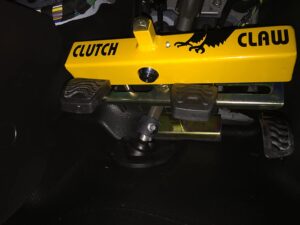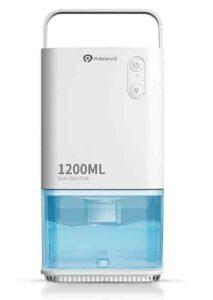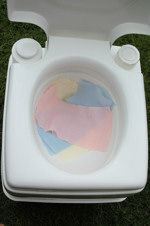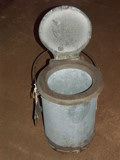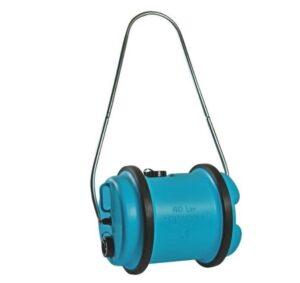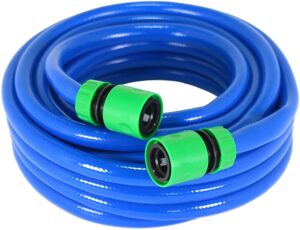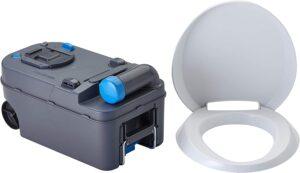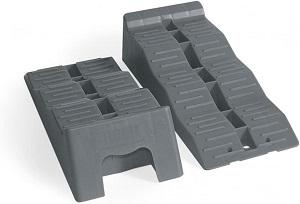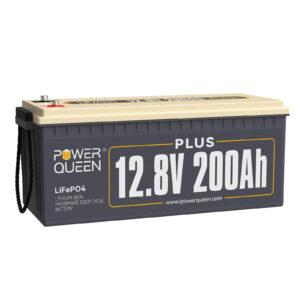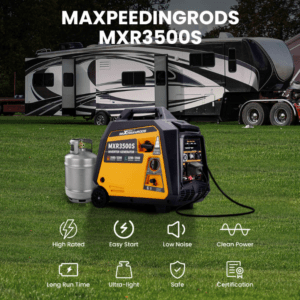Motorhoming With Your Hound

If you have a dog and you take it to Scotland, and the unthinkable happens, it wanders off and gets lost, this Facebook Group has an extremely interesting concept and is worth doing!
https://www.facebook.com/101704501415640/posts/141839754068781/?d=n
With the summer holidays underway you might be planning a campervan holiday with the whole family - including any four-legged friends.
This summer might be the first opportunity for many owners to travel with their pets now restrictions have been lifted fully. While this is a fun time, planning and preparation are necessary to ensure that your dog has a stress-free day.
Getting your dog ready for a trip
It's crucial to get your dog ready for the adjustments a vacation in a motorhome will bring. If you don't take the proper precautions beforehand, interrupting a dog's schedule might result in an uneasy puppy. Dogs thrive on routine.
The safest choice for your dog, while you're driving, is to keep him in a travel crate while the vehicle is moving. This needs to be the right size so that the dog can stand up and turn around comfortably, but not so huge that they can pace around inside it.

Make sure the one you pick is simple to set up, store, and utilise. If your pet likes to sleep inside a motorhome, you can store it away when you're not travelling. Also, unless you believe you'll need it for both, try to get a travel crate made for road travel rather than air travel. A top tip to make sure they feel at home is to use their bed blanket with the smells of home, and some favourite comfort toys.
Giving your dog something durable they can enjoy, such as a plush snug rug or a frozen lickmat, is also a smart option if they don't enjoy travelling. If your dog doesn't often travel in a crate, make sure you get one well in advance and train them to feel at ease within it before you go.
If you anticipate taking longer walks and rising earlier (or later) than usual while on vacation, attempt to gradually adjust your schedule in the weeks leading up to your trip. It's also crucial to think about the things you'll be doing while you're gone and whether or not your dog has experienced these things previously. For instance, if your family enjoys frequent pub lunches, introduce your dog to the lively ambience of a bar so you can anticipate how they will respond and it won't bother you or anyone else.
Food on the road

Food on the road
Is your dog on a diet that will be challenging for you to follow while you're on vacation? If they are fed raw, for instance, think about their diet in advance and whether it is reasonable to bring their meals with you while you are travelling. If you know you won't be able to buy something while you're away, make sure you have adequate supplies. If you need to alter your dog's diet while you're away, be sure to do so gradually in the weeks leading up to your departure. It's better to know these things early and work out the alternatives.
Safety in the campervan
When you are both driving and parking at the campground, it is crucial to make sure your dog is secure and at ease. The travel crate will give your dog a secure space to rest in and provide a space for them to get away from everything and relax. Additionally, when travelling the create must be fastened within the motorhome so that it won't move in the event of an abrupt halt. Keep in mind that it is against the law to leave your dog alone in a vehicle, and you risk receiving a large fine if you do.
Must-have accessories for camping
While the majority of your belongings from home will work well on your camping vacation, there are a few extras that will make your getaway stress-free. A longline leash for camping is the first thing. This may be secured with a hook into the campsite's ground, giving your dog the freedom to move around while yet having the security of a leash. Even if your dog is taught to come when called, many campgrounds demand that they always be on a leash, so this will prevent you from being caught without one.
For a quick wipe-off after a muddy stroll, a towel or two is also necessary. Your motorhome will soon get very grubby with a muddy wet dog around you.
In the United Kingdom, it is the law to have your dog microchipped and wear an identification tag when in a public space. Failure to do so can result in a fine of up to £5,000, so your dog must wear an ID tag by law, and while though your address won't mean much if you're away, it's crucial to have a current phone number so that you can be reached if your dog escapes. In the United Kingdom, it is the law to have your dog microchipped and wear an identification tag when in a public space. Failure to do so can result in a fine of up to £5,000.
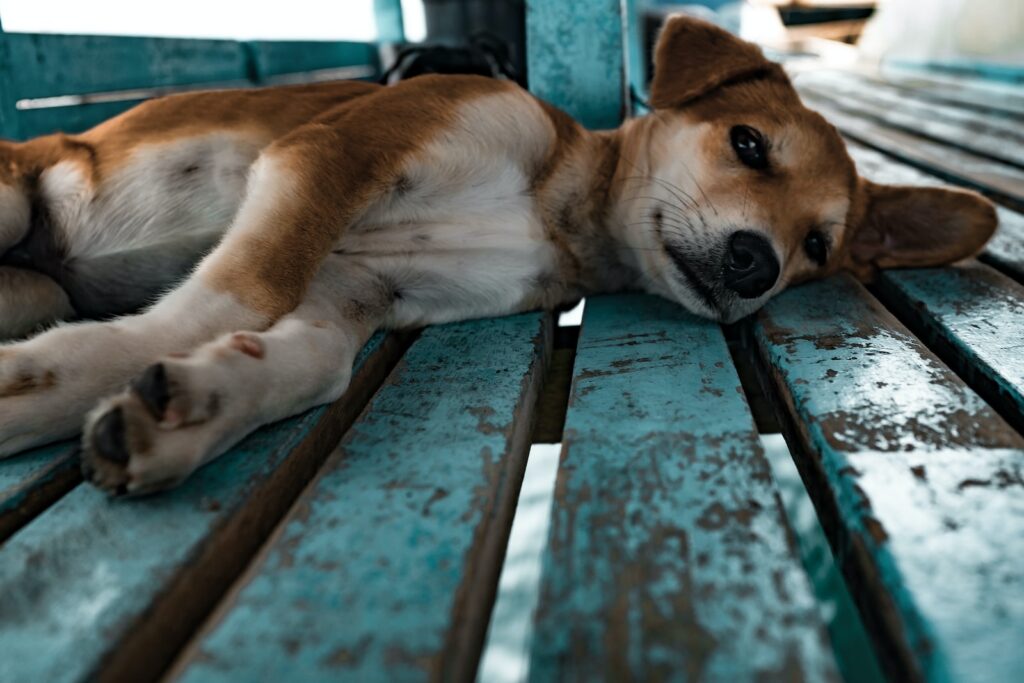
Medical and safety in the outdoors
Many of the supplies in a human first aid pack may also be used on dogs, although not all of them. We advise buying a dog first aid kit if you intend to take your dog camping. Correct bandages, equipment for extracting ticks or splinters, and an emergency cooling pack should all be included. This gives you the assurance that your dog is prepared for anything.
People-friendly etiquette at your campsite
Anytime your dog is outside of your motorhome or campervan, keep it on a leash. Even if your dog is really amiable and only wants to say hello to people, not everyone like dogs. Therefore, keep them near so that no one feels uncomfortable. In light of this, it's crucial to exhaust your pet's energy to prevent them from being caged up. Think of it as a chance to learn more about the region and get some excellent exercise. Go for lengthy walks and keep them active with a ball.
By doing this, you and your pet can both rest at the campground and while travelling. Many campgrounds have a dog run where guests' four-legged friends may run amok. If there are other dogs present at the campsite, always ask the pet owner before introducing your dog to them. Some dogs may react or become more anxious around new dogs. Keep a watch on what they find By doing this, people may rest well both at the campground and while travelling. Many campgrounds have a dog run where guests' four-legged friends may run amok. If there are other dogs present at the campsite, always get permission from the owner before introducing your dog to them. Some dogs may react or become more anxious around new dogs. Keep a watch on what they discover; regrettably, many campgrounds have trash or other undesirables lying around. Make sure your dog isn't picking up anything inappropriate.
So there's just a few tips on taking your dog away with you in your motorhome or campervan.
#motorhome #accessories #vanlife #caravan #campervan #selfbuild #scotland
Support the channel https://www.paypal.com/donate/?hosted_button_id=MZ4U3STTL4YV6
Why not join our Facebook Group Motorhome Touring Scotland.
Sign up for Johnny's Back Yard online Store for Motorhome & Caravan Accessories Newsletter and we will let you know when new products are released.
Website Store https://www.johnnysbackyard.co.uk
Check out the Useful Links Page for more goodies
Newsletter link: http://eepurl.com/hND3Ir
Support the channel https://www.paypal.com/donate/?hosted_button_id=MZ4U3STTL4YV6
YouTube https://www.youtube.com/channel/UC311CaE4YoIEKkJLIJCEl7Q
Twitter https://twitter.com/MotorhomeandC
Instagram https://www.instagram.com/johnnyburr3
Facebook https://www.facebook.com/groups/179155772711444
Pinterest https://www.pinterest.co.uk/johnnyburr3
Buy Me A Coffee https://www.buymeacoffee.com/johnnyburr




